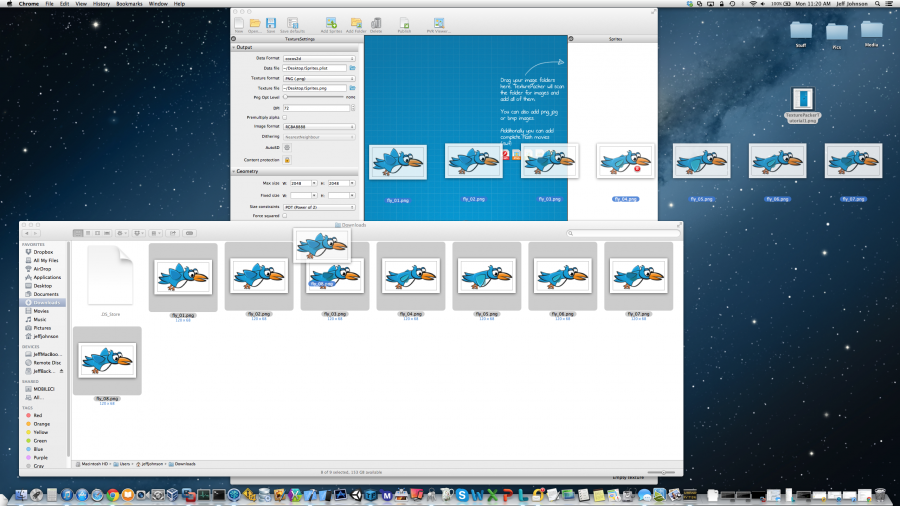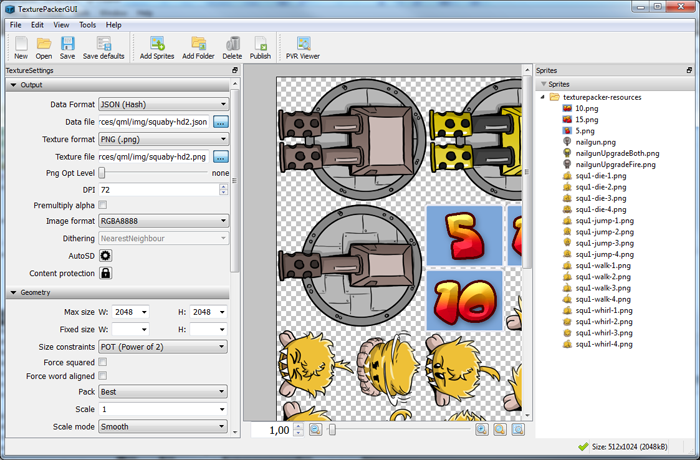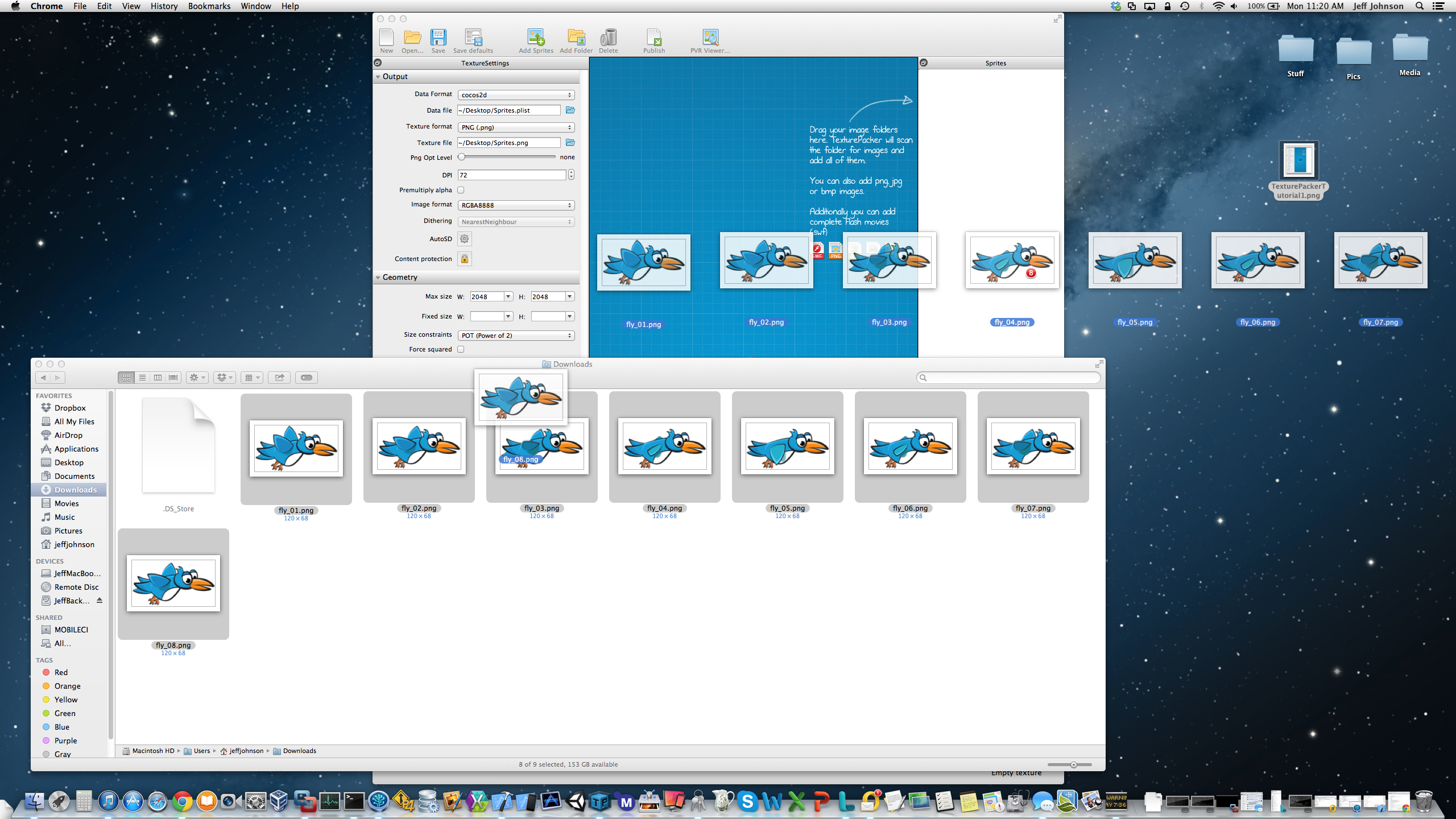



I'd guess it would be rather simple to write your own piece of code with reads an image file and JSON, makes a texture out of the image file and splits it into sprites based on data in JSON. In computer graphics, a texture atlas (also called a spritesheet or an image sprite in 2d game development) is an image containing multiple smaller images. The texture is binding to a rectangular mesh. I would like to bind a texture (according to Mesh, Color & Texture) that is extracted from a TextureAtlas packed with the TexturePacker. If you'd like that accompanying file be JSON, does it mean that you are thinking of writing the JSON by hand? Or would you like to import graphics from some other project where you already have a png+json? Trying get my head around the texture wrapper in (the awesome) LibGDX framework and I need help. In other words there hardly is any performance difference in creating textures - the difference lies in the ease of creating the spritesheet + accompanying file. What TexturePacker does is that it reads those separate image files and packs them into a single big spritesheet + the text file. I'm under the impression that the idea of TexturePacker is that at design time you can have your sprites as separate files - that might be easier especially if there are different people working with the code and some other people providing the graphics. Paints the bound of the sprites in the output image.Ĭlick on the settings button to open the packing parameters in the Properties view.Isn't Texture Atlas just a single image and an accompanying text file? I mean, isn't it just a matter of taste if the text file is formatted as json or some other way? You can use this together with the Indexes option to create spritesheets. To sort the sprites by using a _01.png suffix in the source files. This naming convention may be useful for automatic animations creation. Many times developers group the source images in different folders with a special meaning, for example, the images are grouped in an Attacking and Idle folders, so, by enabling this parameter, the names of the folders are prepended to the name of the frames: Attacking_001.

Prepends the parent folders name to the frames name. If your source images have extra space (transparent areas) around the picture, then activating these parameters the editor generates a texture that removes that spaces and a JSON file that specify to Phaser to render the sprites with the right spacing. It is useful to remove artifacts from sprites animations, tile sprites, in general when the source images has color pixels in the borders. It controls the spacing between the sprites. In some platforms this kind of textures performs better. In the second case the editor generates a texture with a size power of 2. You can select Any Size (default) or POT (Power of 2). In the Phaser community, the TexturePacker developed by CodeAndWeb is very popular.
#LIBGDX TEXTUREPACKER VS TEXTURE PACKER FREE#
Its mostly just visual wrapper over LibGDX TexturePacker classes and. There are several tools, free and commercial, to create a texture atlas. However, you can change the max size of the texture to make space for all the sprites. The utility will help you pack and manage texture atlases for LibGDX game framework. There are cases where the editor generates more than one page (images), to fit the given size. You can adjust the layout of the sprite sheet in the right panel see Texture Settings Click publish A click on the Publish button writes your sprite sheets. The sprite view updates each time you add new sprites to the folder, rename or change sprites. You can adjust the texture packing with the following parameters: Parameter TexturePacker scans it for known image formats such as png, jpg, psd, svg, bmp, tiff and others.


 0 kommentar(er)
0 kommentar(er)
